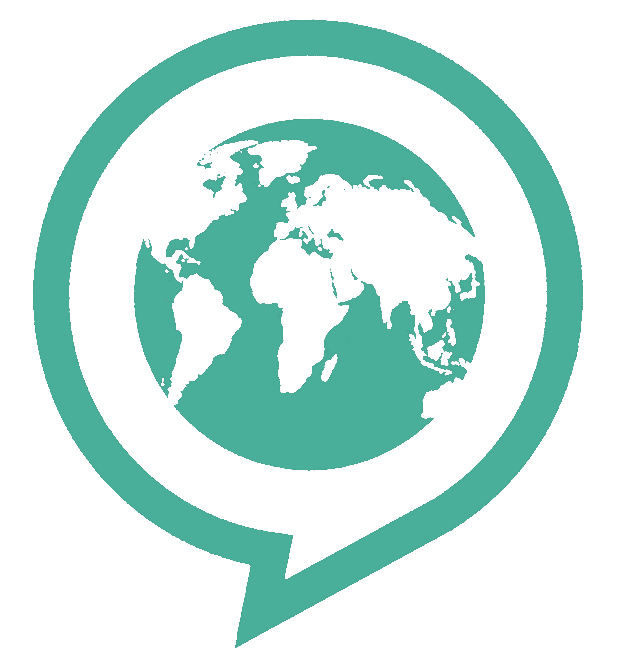UPDATE V January 24, 2012: 123 days later, the CAO is on the case
 Yesterday we heard from Oxfam that the World Bank has finally announced an independent investigation into complaints from two communities in Uganda who lost their land in forced evictions to make way for forestry plantations.
Yesterday we heard from Oxfam that the World Bank has finally announced an independent investigation into complaints from two communities in Uganda who lost their land in forced evictions to make way for forestry plantations.
The Compliance Advisor/Ombudsman (CAO) reports directly to the President of the World Bank and examines cases brought by people affected by World Bank private sector lending projects, usually dealing with social and environmental problems.
This announcement comes 123 days after the Bank promised to investigate. Forgive us for being a tiny bit underwhelmed that it took so long to start an investigation that will now take another six months. The CAO’s mandate is to make the Bank more accountable by responding “quickly and effectively” to complaints from affected communities. Allowing 123 days of obfuscation and confusion to pass instead was a disaster for such accountability.
UPDATE IV January 11, 2012: Everybody loses
The World Bank (through subsidiary IFC) has pulled $1 million in funding from New Forests Company, alleged to be responsible for the forcible eviction of thousands of people in Uganda. This is according to a statement from NFC, which announced a halt to new tree planting, prompted also by the loss of $14 million from a new, unnamed investor.
New Forests Company (NFC), Uganda’s biggest forestry group, announces today that it has suspended tree planting across the country for 2012 that will result in 560 job losses in the Mubende, Kiboga, Kyankwanzi and Bugiri districts.
NFC blamed Oxfam, and the negative publicity its report caused, for the suspension and resulting loss of jobs.
An Oxfam spokesman responded today, saying they were “disappointed to hear of the job losses” and that “[w]ithdrawing investment is not a solution to the issues we have highlighted. We think that existing investors should engage with the company to put things right.”
No word yet from the World Bank/IFC to explain their decision, or their position on how the evicted communities should be compensated.
This looks like the worst case scenario, with the communities displaced and no compensation for them, and the forestry company not even creating the positive benefits of job creation, renewed forests and new economic activity in Uganda. In other words, everybody has lost out, all because there were no safeguards to protect the residents, and no procedures for NFC and the World Bank/IFC to respond promptly to allegation of rights violations.
UPDATE III, October 18, 2011: What investigation?
Okay, that Twitter post was a practical joke. If you read the post carefully, neither Justin Bieber nor Kim Kardashian announced a hunger strike of any kind as far as Aid Watch knows. We can only fantasize about celebrity activism so bravely challenging the unacceptable impunity of aid agencies. Today's real story of interest is an Oxfam America update about how the (self) investigation into World Bank-financed Uganda land evictions has so far issued threats to the poor Ugandans who publicly complained about their homes being burned down. There is seemingly no end in sight for the Investigation Commitments Clock.
UPDATE II, October 9, 2011: The World Bank Responds
The World Bank (through its subsidiary International Finance Corporation--IFC) finally followed up yesterday on their promise below to investigate -- by issuing another promise to investigate:
IFC is committed to ensuring New Forests Company undertakes an independent and transparent review. NFC is drafting a terms of reference that IFC and other stakeholders will validate before the review gets underway.
How would you rate their responsiveness at this point?
UPDATE I, September 29, 2011: Oxfam joins us, after we join them
Oxfam joins us in our rebel alliance against the Empire. They kindly overlooked that we neglected to highlight their critical role in documenting the misdeeds in the first place -- they did the report on which the NYT based the story.

ORIGINAL POST, September 22, 2011:
[gigya src="http://cdn.tagul.com/cloud.swf" type="application/x-shockwave-flash" allowscriptaccess="always" width="480" height="261" flashvars=id=36023@1]
This clock shows the time since the World Bank promised an investigation on Thursday, September 22 into the charges from an Oxfam study that they financed a project in Uganda in which poor people had their homes, cattle, and crops destroyed as the project forced them off their own land. Click the image once to reveal clock.














 The Straddler interviews Raquel Fernandez, Professor of Economics and a DRI affiliated faculty member, on culture's impact on economic outcomes:
The Straddler interviews Raquel Fernandez, Professor of Economics and a DRI affiliated faculty member, on culture's impact on economic outcomes:


